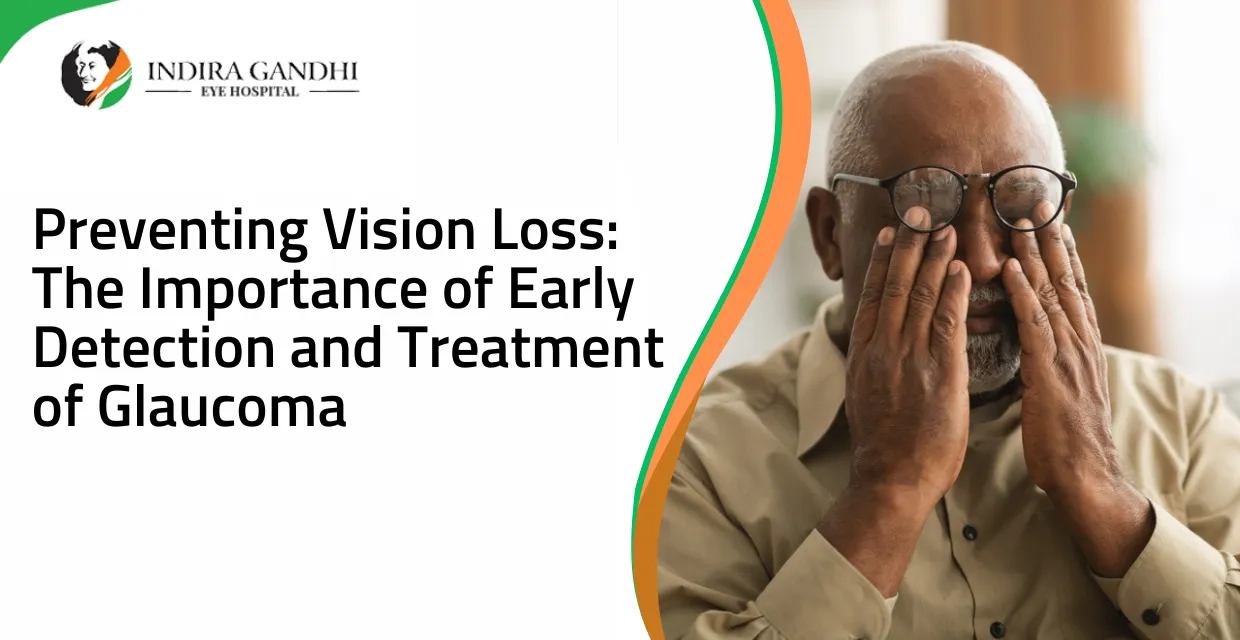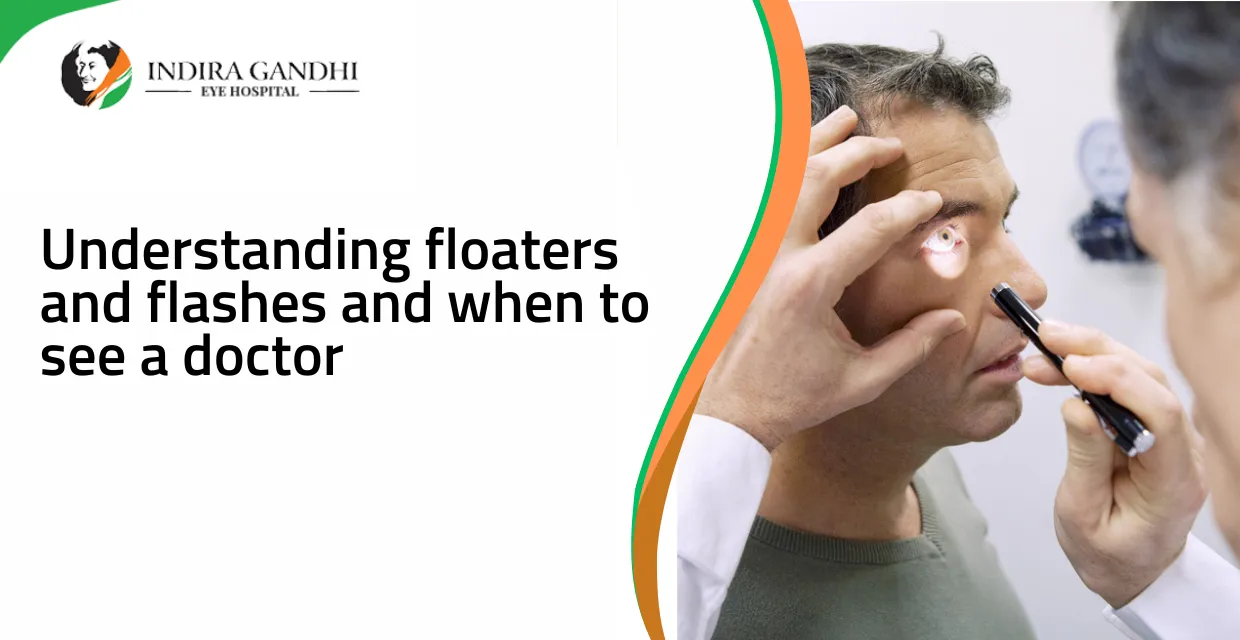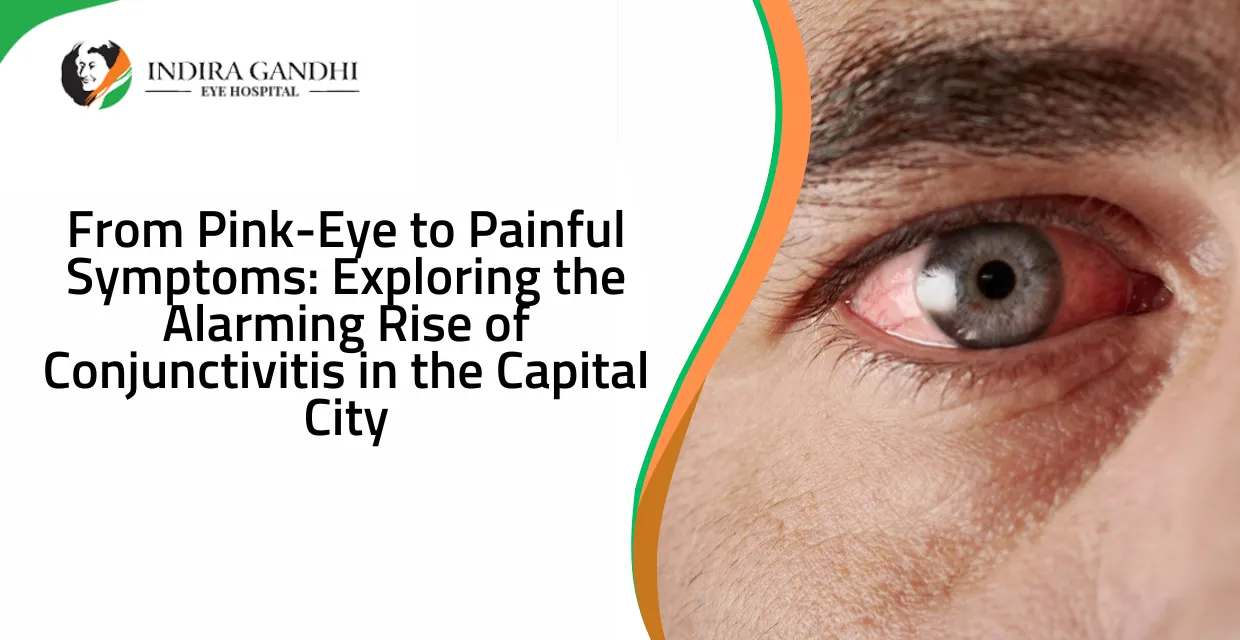When it comes to preserving our vision, early detection and treatment of eye conditions are paramount. One such condition that requires our attention is glaucoma. Often referred to as the "silent thief of sight," glaucoma is a progressive eye disease that can lead to permanent vision loss if left untreated. In this blog, we will delve into the significance of early detection and treatment of glaucoma and explore effective preventive measures.

What is Glaucoma?
Before we discuss prevention, let's gain a basic understanding of glaucoma. Glaucoma is a group of eye diseases that damage the optic nerve, typically due to increased pressure within the eye. This pressure can result from a buildup of fluid that hampers the normal flow and drainage within the eye. Over time, the damaged optic nerve leads to vision loss, starting with peripheral vision and eventually progressing to central vision.
The Importance of Early Detection
Regular Eye Exams: Scheduling regular eye exams is of utmost importance when it comes to the early detection of glaucoma. These comprehensive eye exams involve various tests and evaluations that allow eye care professionals to identify any signs of glaucoma.
One such test is tonometry, which measures the pressure inside the eye. Elevated eye pressure is a significant risk factor for glaucoma, and detecting it early can lead to timely intervention. Additionally, visual field testing is conducted to assess the peripheral vision, as glaucoma initially affects the side vision before progressing to central vision loss. Furthermore, the evaluation of the optic nerve helps detect any signs of damage caused by glaucoma.
Risk Factors and Screening: Understanding the risk factors associated with glaucoma is crucial in identifying individuals who may be at a higher risk of developing the condition.
Risk Factors | Description |
Age | The likelihood of developing glaucoma increases with age. Individuals over the age of 60 are particularly at risk. |
Family History | Glaucoma can have a hereditary component. If a close relative, such as a parent or sibling, has been diagnosed with glaucoma, it is important to inform healthcare providers during screenings. |
Ethnicity | Individuals of African, Hispanic, or Asian descent have a higher susceptibility to glaucoma. |
Medical Conditions | Certain medical conditions, such as diabetes, high blood pressure, and nearsightedness, can increase the risk of developing glaucoma. |
Early detection is crucial in managing glaucoma effectively. By identifying the condition in its early stages, healthcare providers can implement appropriate treatment plans to control eye pressure, slow down the progression of the disease, and protect the optic nerve. Regular eye exams and awareness of risk factors empower individuals and healthcare providers to take proactive measures in preventing vision loss caused by glaucoma. Remember, early detection can make a significant difference in preserving your vision.
Treatment Options for Glaucoma
Medications
One of the primary treatment options for glaucoma is the use of medications.
Prescription eye drops or oral medications are commonly prescribed to lower intraocular pressure (IOP), which is the main risk factor for glaucoma. These medications work by either reducing the production of aqueous humor (the fluid inside the eye) or improving its drainage. By controlling IOP, these medications help slow down the progression of the disease and prevent further damage to the optic nerve.
Laser Therapy
Laser treatments are another approach used in the management of glaucoma. Selective laser trabeculoplasty (SLT) and laser peripheral iridotomy (LPI) are two commonly performed laser procedures. SLT involves using laser energy to target the drainage angle in the eye, stimulating better fluid outflow and reducing IOP. LPI, on the other hand, creates a small hole in the iris to improve the flow of fluid and relieve pressure in certain types of glaucoma, such as narrow-angle glaucoma.
Laser therapy is typically performed as an outpatient procedure and is considered safe and effective in reducing IOP.
Surgical Interventions
In cases where medications and laser treatments are not sufficient in controlling glaucoma or when the disease is more advanced, surgical interventions may be necessary.
Trabeculectomy is a traditional surgical procedure that involves creating a tiny drainage opening to allow fluid to bypass the blocked drainage system and reduce IOP. Minimally invasive glaucoma surgery (MIGS) is a newer approach that uses micro-invasive techniques and devices to create or enhance drainage pathways. MIGS procedures are often less invasive, have a quicker recovery time, and can be combined with cataract surgery if needed. These surgical interventions aim to lower the IOP and protect the optic nerve from further damage.
It is important to note that the choice of treatment depends on various factors, including the type and severity of glaucoma, the individual's overall health, and their specific needs and preferences. The eye care professional will evaluate each case individually and recommend the most appropriate treatment plan to effectively manage glaucoma and preserve vision.
Preventive Measures
Regular Eye Exams: Scheduling regular eye exams with an eye care professional is crucial in preventing vision loss from glaucoma. These comprehensive exams include various tests to assess the health of your eyes, including measuring intraocular pressure (IOP), evaluating the optic nerve, and assessing the visual field. By detecting glaucoma in its early stages, prompt treatment can be initiated to prevent further damage to the optic nerve and preserve vision.
Awareness and Education: Increasing awareness about glaucoma and its risk factors is essential for early detection and prevention. Educating the public about the importance of regular eye exams and the potential consequences of untreated glaucoma can encourage individuals to prioritize their eye health. Public campaigns, educational materials, and community outreach programs can help disseminate information and empower people to take proactive measures.
Healthy Lifestyle Choices: Adopting a healthy lifestyle can significantly contribute to maintaining good eye health. Regular exercise improves blood circulation, including to the eyes, which can help reduce the risk of glaucoma. A balanced diet that includes a variety of fruits, vegetables, whole grains, and lean proteins provides essential nutrients and antioxidants that promote overall eye health. Additionally, avoiding smoking and limiting alcohol consumption can lower the risk of developing certain types of glaucoma.
Eye Protection: Taking precautions to protect your eyes from injuries can help prevent the onset or worsening of glaucoma. When engaging in activities that pose a risk to the eyes, such as playing sports, working with power tools, or being in environments with flying debris or chemicals, wearing appropriate eye protection is crucial. Safety goggles, protective glasses, or face shields can shield your eyes from potential injuries and reduce the likelihood of developing glaucoma due to trauma.
By incorporating these preventive measures into your lifestyle, you can take active steps to reduce the risk of glaucoma and promote overall eye health.
Conclusion:
Preventing vision loss caused by glaucoma begins with early detection and prompt treatment. By prioritizing regular eye exams, understanding the risk factors, and adopting healthy lifestyle choices, individuals can take proactive steps to preserve their vision. Remember, glaucoma is a treatable condition, and early intervention is key to maintaining good eye health. Schedule your eye exam today and take a significant step towards preventing vision loss.





